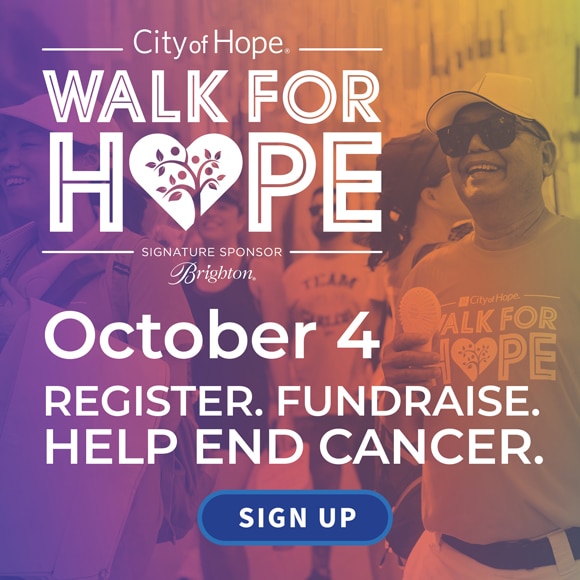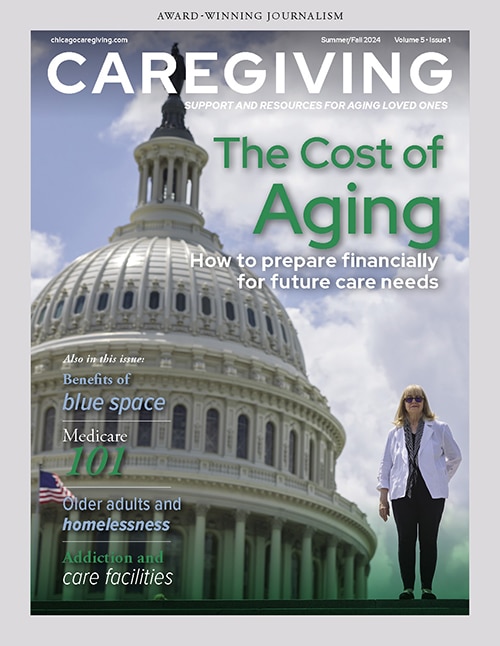Untreated or mistreated chronic pain can lead to the pangs of depression
By Morgan Lord
When Bill Lipscomb, 60, was in the tightest grips of chronic pain, he couldn’t stand up for more than a minute at a time, and his right leg was so red, hot and sensitive that wearing long pants was out of the question—which Lipscomb considered to be a disadvantage for a lawyer. Relief only came when he iced and elevated his leg, so he carried around a cooler for almost three painful years. “I tried half a dozen jury trials with my leg propped up on the table,” he says.
Lipscomb had developed a chronic pain condition called complex regional pain syndrome (CRPS), which affects limbs after injury or trauma. It was triggered by a simple arthroscopic knee procedure that was done in 2008. Postsurgery, instead of feeling any relief, there was a new, worse pain. It was clear that this was not the normal recovery process. Six months later, Lipscomb was diagnosed with CRPS and started a new medication regimen, which included steroids, medications and injections.
Unlike acute pain—which is typically time limited and motivates behaviors to avoid actual or potential tissue injuries, chronic pain—pain that lasts longer than six months can go on for years. With this type of pain, the messages sent to the brain are no longer providing accurate information. With chronic pain, the pain signals sent to the brain are no longer aiding in helping an individual avoid further injury.
“Most people have some pain in their body, but when it comes to patients with chronic pain, pain is an overwhelming central focus—it’s the only thing their brain can focus on,” says James Atchison, DO, medical director of the Center for Pain Management at the Rehabilitation Institute of Chicago (RIC).
Lipscomb is not alone—pain is one of the most common reasons for healthcare visits, according to the National Institutes of Health National Pain Strategy. An estimated 100 million Americans have some level of chronic pain, with a monetary health burden between $560 billion and $635 billion each year.
With the start of this new type of pain, Lipscomb could no longer perform the daily activities he once could, he developed a severely limiting limp and his work was affected. “Those were dark days,” he says. “It was an endless circle of pain and depression that led to a downward spiral.”
When pain lasts months, it often becomes intertwined with depression, anxiety and other psychological conditions. “Many who have chronic pain will become less active, more fearful of movement and activity and suffer from depression and sleep problems,” Atchison says.
“Depression and pain can have a reciprocal effect and can feed off one another,” says Mark A. Reinecke, PhD, chief psychologist at Northwestern University. “The more restrictive we become in limiting our activities, the more difficult the pain is to overcome.”
When it comes to coping with chronic pain, the goal is to help people get back to their activities of daily living. “Starting on an interdisciplinary course is a way to say it’s time to reverse those things that have gotten hold of you. You can do so by restarting activity, correcting sleep, and managing depression and anxiety,” Atchison says.
After years of struggling with this pain, Lipscomb sought out the RIC’s Center for Pain Management’s multidisciplinary program. The program meets eight hours a day, five days a week for four weeks and includes physical therapy, occupational therapy, psychology, biofeedback, cognitive therapy and relaxation.
While in the program, Lipscomb found cognitive behavioral therapy—a treatment that works to change patterns of thinking or behavior that are behind people’s difficulties and change the way they feel—most helpful in his recovery, along with firm and disciplined coaching by the occupational therapist and the pain psychologist.
“The focus of my time spent there was to retrain that part of my neurological system—tricking my mind into thinking that all of these things that hurt, shouldn’t be hurting,” Lipscomb says.
You can change your perception of control and in turn affect the management of the outcome, Reinecke says. With cognitive behavioral therapy, we can manipulate our mind.
Lipscomb’s retraining started with exercises such as taking a cloth and rubbing his leg for increasing amounts of time, standing up for three to four minutes six times a day, and learning to keep his leg down instead of feeling the need to elevate it.
“I was really afraid doing all of this stuff would make the pain worse,” Lipscomb says. “I was afraid it would set me back six months. It was uncomfortable, it was painful, and there were times I remember thinking I can’t do this. But once the pain management team convinced me that I could, I realized that I really could.”
“Despite what one may think, sometimes pushing through the chronic pain is not necessarily harmful, and individuals are not injuring themselves as pain increases,” Atchison says.
After an intense month in RIC’s pain management program, Lipscomb made significant improvements. He was able to stand for longer periods of time, walk with less of a limp and elevate less.
“I knew that I’d have to continue the retraining process [after the program],” Lipscomb says. And he did, reaping results.
“The retraining process worked so well that I am pain free now with minimal symptoms,” Lipscomb says. “I can stand up for as long as I want; I have minimal redness in my foot; I can walk easily; I can live my life; I can wear pants. I feel stronger after this experience.
“With chronic pain, I was not functioning very well as a lawyer, I wasn’t myself, and it was tough,” Lipscomb says. “But now that I’ve retrained my brain, I’m on the top of my game. I own a new law firm, hike and do bootcamp group exercise classes in my downtime, and spend time with my family—with no limitations and no medication.”
Read eight critical questions to ask your pain specialist.














